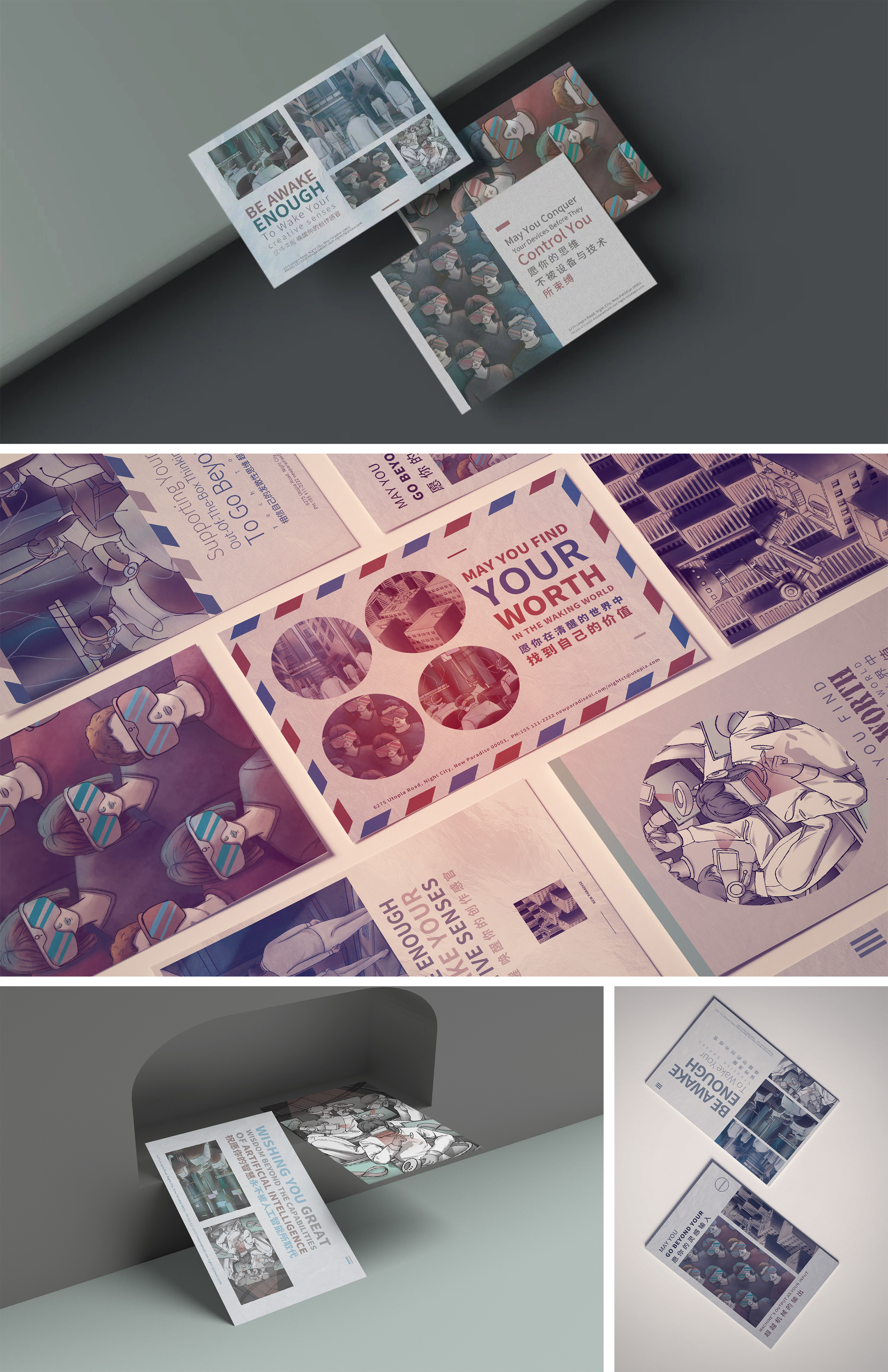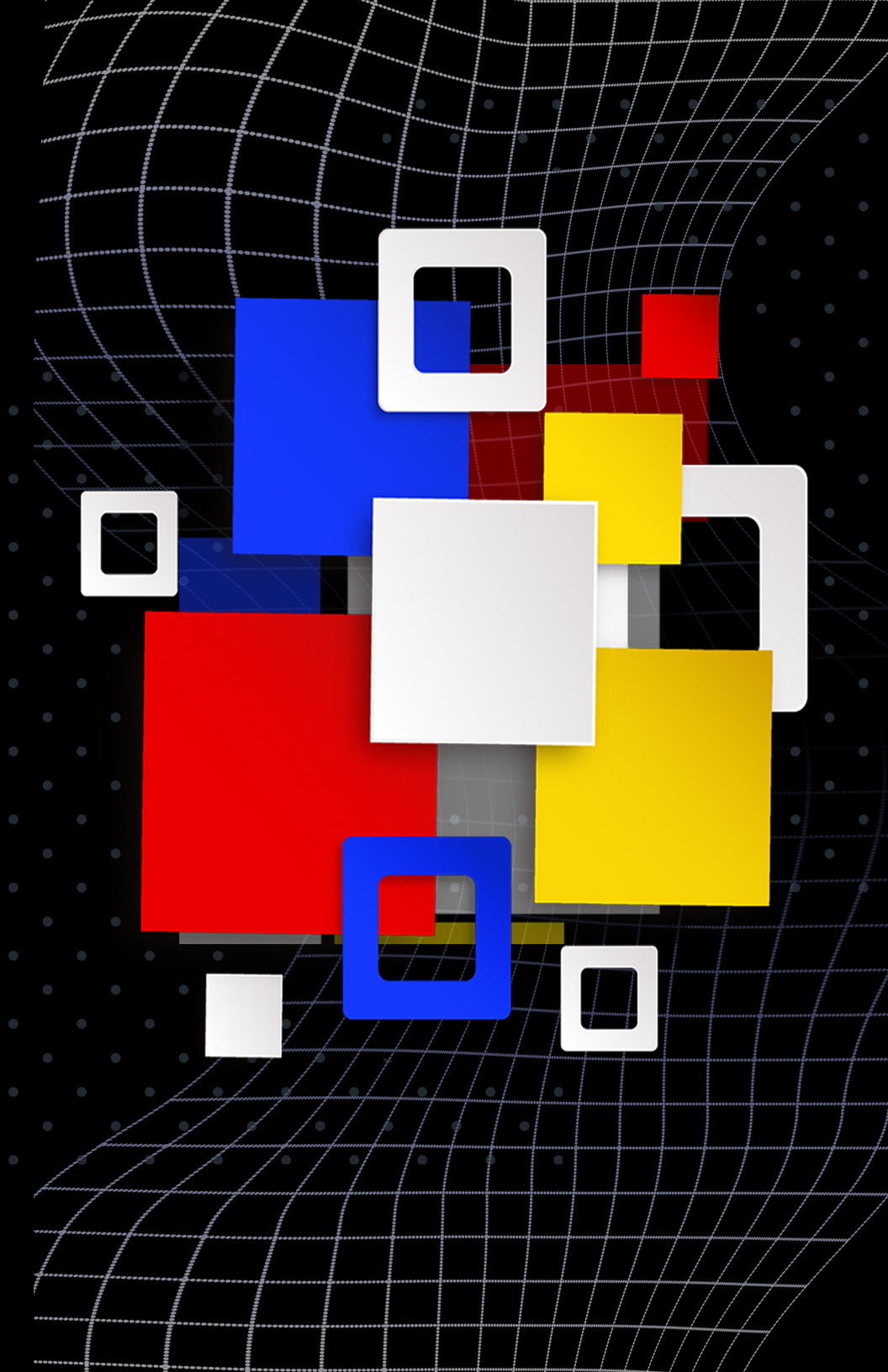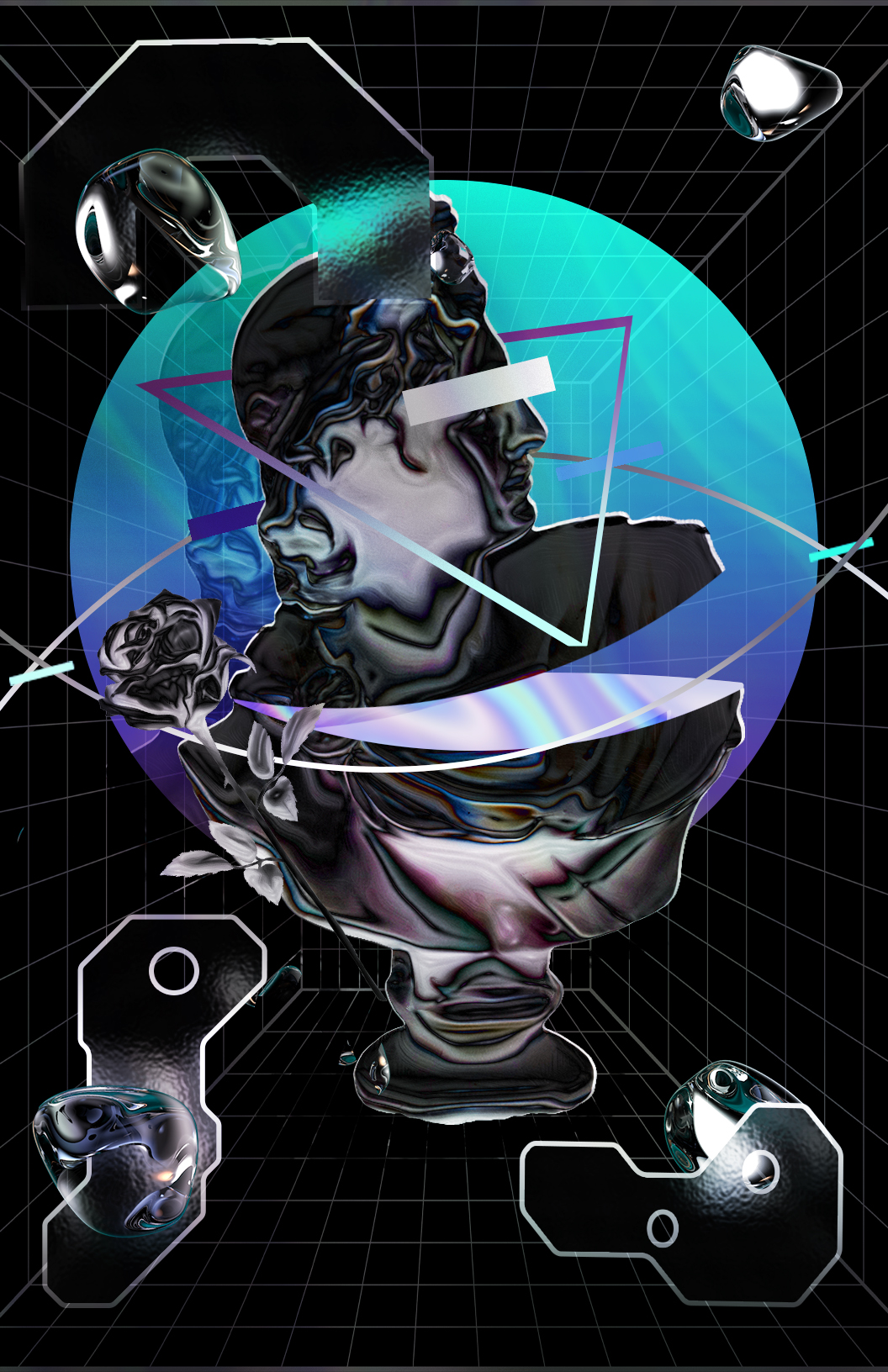The Paradox of Progress: Avoiding Mechanism and Enhancing Creativity
Zheng Shan
The evolution of technology has brought a range of development in the design industry, primarily in the department of design tools. Along with design tools, social media, and AI have also been advancing rapidly. Due to the incremental transformation of design processes, inventions of new forms of tools, and development in AI and Social Media, a debate has risen up regarding the impact on creativity. The debate is mostly around the risk of mechanisms in technological advancement taking over creativity in design work. This paper attempts to provide suggestions on how technological progress can be utilized to enhance creativity and explore how evolution can result in diminishing creativity. Previous studies and journals like the International Journal of Technology and Design Education, Creativity and Innovation Management, and so on, have often addressed the impact of only two sectors on each other, among technology, design, and creativity, and have yet to combine all three sectors in a single study. This paper will address the missing piece in research and aim to bring all three sectors together and understand their impact on one another. The study and findings of this paper will be useful for developers creating design tools and designers who create design work regularly to understand the impact of their creative works. This paper follows a qualitative process of research using past studies in the three related sectors with secondary quantitative data to support the thesis. Regarding technology’s contribution to creativity, this paper’s findings suggest that technology mostly comes as an assistant and helps take off a load of non-creative tasks to increase focus on the creative tasks of design work. Technology has also brought a new wave of encouragement among non-professional designers and people from other sectors with the accessibility of creative design with the latest tools.
thesisminisitezshan.cargo.site

Words of wisdom from the future
The primary areas of focus of my postcards are technology and creativity. They symbolize the impact of technological advancements in design tools with a few additional factors like Social Media and Artificial Intelligence. The inspiration for postcards is a future where people are mostly dependent on computers and technology for creative work with minimal to no presence of creative thought processes in the real world. My argumentative essay shows how technology has taken over the design world through the development of new tools and addresses the current technology to be rather assistive than a substitution for the human thought process. Similarly, the increasing use of technology has diminished the practice of designing from scratch with more creative freedom and empowered the use of presets and templates for design work. The postcards tell a story opposing my essay’s thesis of the future of creative thinking on how technology could change the design of the world due to people’s increasing dependence on it.VRCREATE
Virtual reality is the sensation of the technological world. I have a particular interest in the area of virtual reality and also all disciplines that are connected with emerging technologies. These new technologies, in my opinion, certainly make it easier for designers to execute their jobs, but they also serve to constrain innovation in some ways. This also captures the essence of my study question, which is whether rapidly developing technologies are stifling the growth of design. This research question is the guiding light for the research. To examine this research objective, specific methods will be used. To test whether people will lose their creativity due to these new technologies, I would like to create a virtual reality (VR) application. I will only provide a small number of materials, and users must make the most use of these resources by using the templates and materials as much as they can to create fantastic virtual environments. Making the creativity mapping application makes the legitimate case for this study as it aims to derive human creativity. Creativity, however, is defined in different ways. For me, creativity entails the generation of novel ideas, so the goal of this project is to examine whether people are still coming up with novel ideas using outdated tools and models or whether emerging technologies like virtual reality (VR) are better suited to facilitate the expression of ideas. Thus, developing software that provides detailed information about human creativity is essential, and it evolves even with limited resources and materials. The facilitation of human ideas and generation is not clearly defined in modern technology; thus, this software is essential to foresee people’s creative expression. The concept of human creativity and software is associated with virtualization in the contemporary era. This way, my study is structured and organized to map the impact of technology on human creativity.
Thesis Book
VRHEALTH
The production I designed is a Fitness software named VR health, which is based on VR devices and sensors to achieve fitness goals. This software can provide users with virtual fitness scenes and provide training actions to guide users to complete a series of fitness activities.
Escape

Thinking outside the box

Dimension

Revolution
